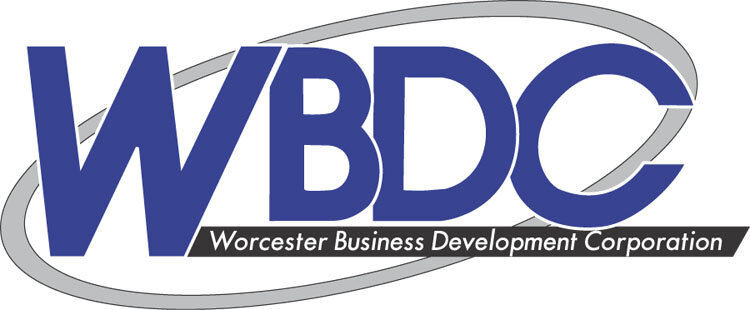$37M Deal to Rehab Former T&G Building is Completed
Lisa Eckelbecker, Worcester Telegram & Gazette
WORCESTER — A coalition of community banks, quasi-public agencies and a local development group has wrapped up a complicated $37 million financing deal to turn the former Telegram & Gazette headquarters into a downtown center for college classrooms, a theater and a café.
Financing for the project, led by the nonprofit Worcester Business Development Corp., was so intricate it was only completed in the last two weeks, even though the WBDC bought the property at 20 Franklin St. in 2011.
“Anytime you have multiple investors and lenders and one financing, it becomes very, very complicated,” said John F. Merrill, president of Fidelity Bank of Leominster, which led a group of banks that loaned nearly $13.8 million to the project.
The WBDC is redeveloping the former T&G property as part of an effort to improve the neighborhood around The Hanover Theatre for the Performing Arts. The theater on Main Street, around the corner from the former T&G building, underwent an extensive restoration itself before reopening in 2008. Some nearby buildings have shabby façades and parts of Main Street are perceived as unsafe, according to Craig L. Blais, WBDC president and chief executive. That made redevelopment of the former T&G property critical, he said.
“We think our investment is going to prompt other private investors to take interest in the area,” Mr. Blais said.
The WBDC expects most work on the building to be completed by July 1. It will feature about 110,000 square feet of leasable space, including room for a ground-floor café and store, a 300-seat theater and multiple floors of classroom space. Quinsigamond Community College expects to occupy about 80,000 square feet of the property.
Several factors combined to complicate the financing of the building, according to individuals involved in the deal. Renovation costs initially estimated at $30 million jumped to $37 million because of the need to make structural improvements and the discovery of more asbestos and lead paint than anticipated, Mr. Blais said.
In addition, the core of the financing package involves the sale of New Market Tax Credits to investors to generate nearly $11.2 million in cash. Investors buy tax credits to lower their federal income taxes, and the instrument can raise money for a variety of projects. But a court ruling late in 2013 changed the rules for using New Market Tax Credits.
“The time of the closing of the transaction coincided with the issue of these new guidelines,” said Andrea R. Daskalakis, chief investment officer for the Massachusetts Housing Investment Corp., a quasi-public agency that is providing financing for the project with the tax credits.
The tax credits also limited the kind of loans the WBDC could take out. Six area banks and the Massachusetts Development Finance Agency, a quasi-public agency also known as MassDevelopment, provided loans totaling nearly $13.8 million, but the WBDC could not use the Franklin Street property as collateral.
Instead, the lenders looked to the WBDC’s agreement to lease about 80,000 square feet in the 110,000-square-foot property to the state for Quinsigamond Community College for 10 years, said Mr. Merrill of Fidelity Bank.
“One of the reasons we decided to ask several local community banks was because there was a little bit more than the typical risk a bank takes,” Mr. Merrill said. “It was spreading out the risk a little bit.”
Other banks in the group are UniBank, Webster Five Cents Savings Bank, Middlesex Savings Bank, Bay State Savings Bank, United Bank and Commerce Bank.
The WBDC also put $3.3 million of its own money into the deal and deferred developer’s fees of nearly $3.7 million.
To help clean up asbestos, lead paint and materials left behind in concrete pits that held printing presses, the city of Worcester contributed loans and grants worth $500,000, the Environmental Protection Agency gave a $200,000 grant and The New York Times Co., former owner of the T&G, contributed $137,500.
MassDevelopment made an additional $2.5 million loan under a U.S. Housing and Urban Development Department program, and the sale of historic property tax credits provided nearly $2.4 million.
The WBDC is also awaiting word on an additional $1 million grant application.
“This is a complex project that we’ve been working on for a long time,” U.S. Rep. James P. McGovern, D-Worcester, said in a statement. “It will have a real impact as a crucial element in the ongoing economic redevelopment of downtown Worcester, and I’m glad to see it moving towards reality.”

